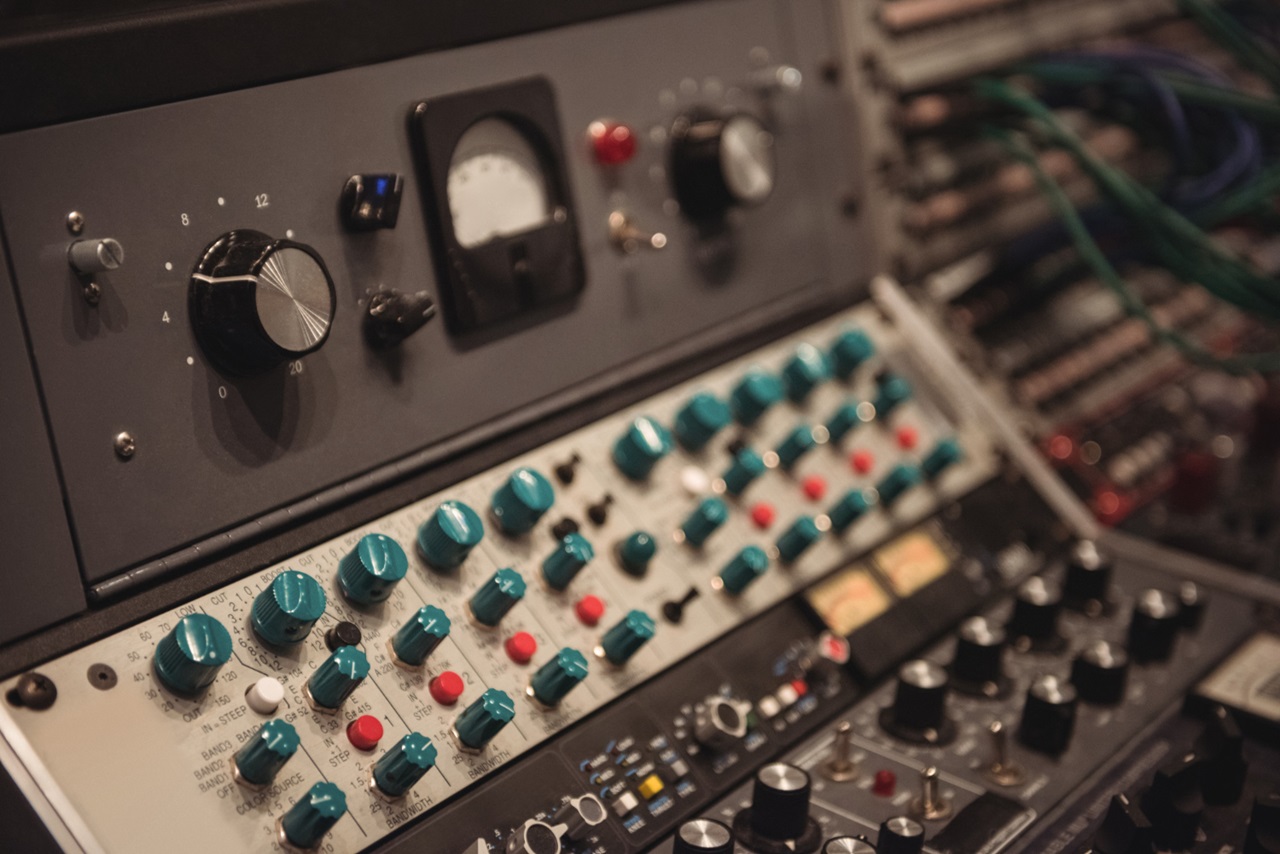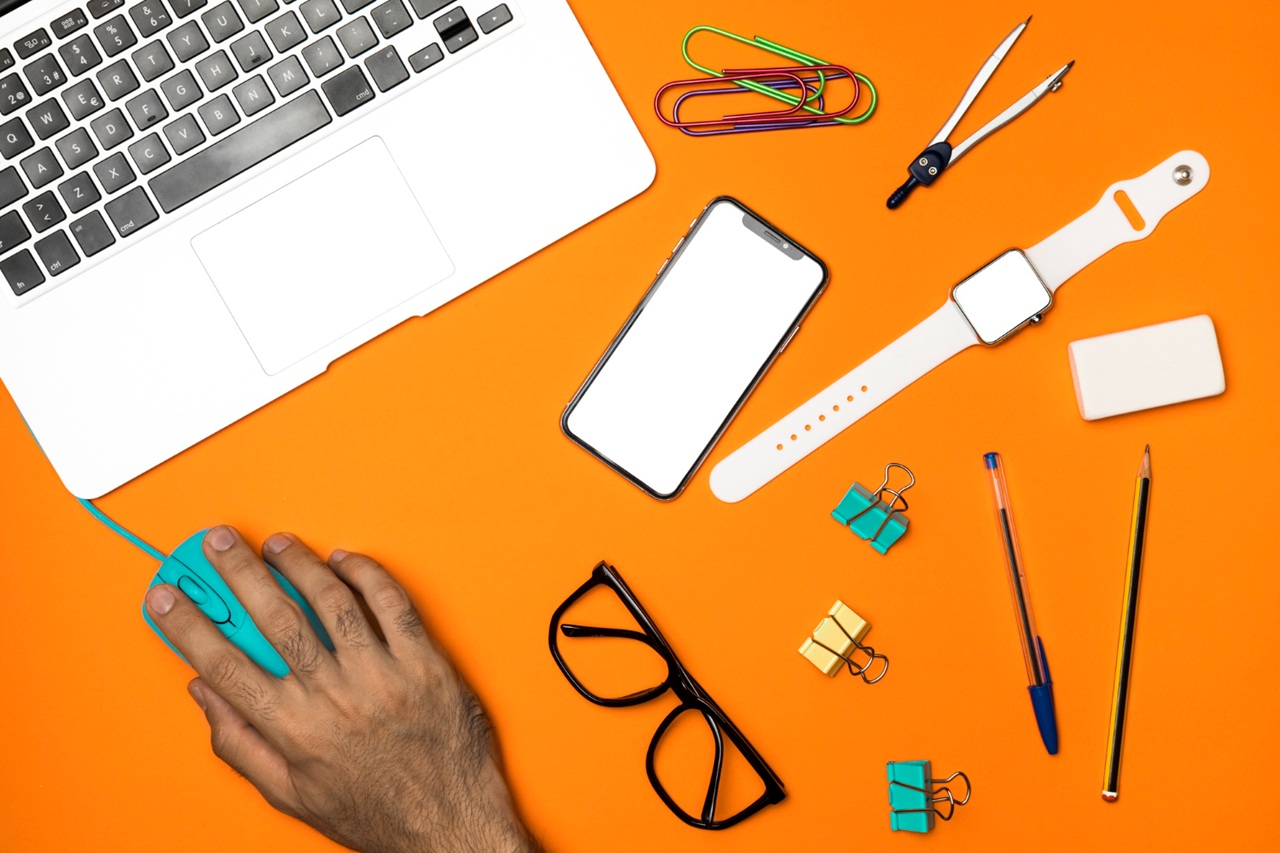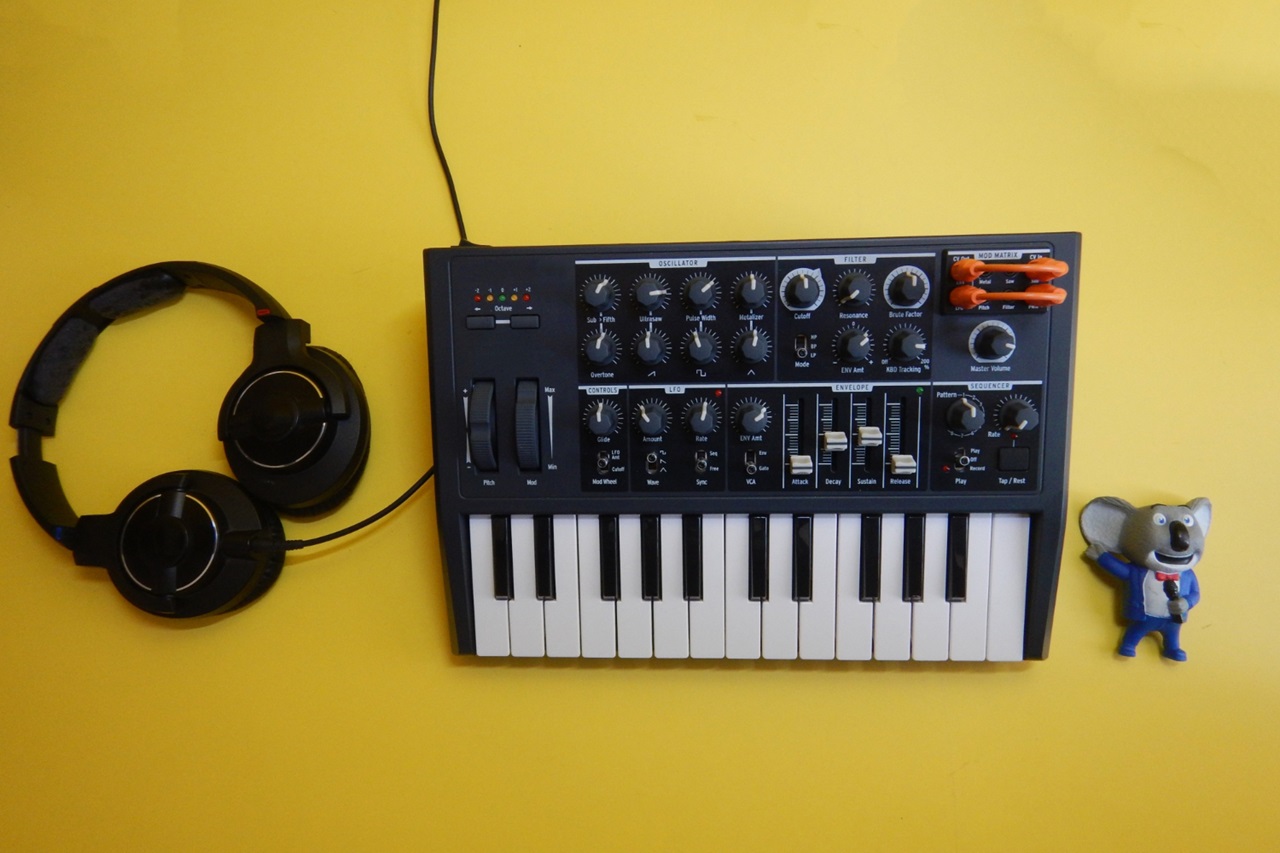Building a Simple Audio Amplifier with a DIY Kit
For many electronics enthusiasts, there’s something magical about sound. Whether you’re a music lover, a podcast enthusiast, or just curious about how audio devices work, building your own audio amplifier is an incredibly rewarding project. With a DIY kit, the process is approachable, educational, and—most importantly—fun.
In this blog post, we’ll walk through the steps to build a simple audio amplifier using a DIY kit. I’ll share tips, tricks, and personal insights to make the experience both smooth and enjoyable. By the end, you’ll not only have a working amplifier but also a deeper appreciation for the technology behind it.
What is an Audio Amplifier?
An audio amplifier boosts the power of an audio signal, making it loud enough to drive speakers or headphones. Without an amplifier, your music or sound would be barely audible. While commercial amplifiers are readily available, building your own lets you customize the experience and learn the inner workings of this essential device.
When I built my first audio amplifier, I was amazed at how a few components could turn a faint, tinny sound into rich, booming audio. It’s like creating a bridge that connects raw signals to an immersive experience.
Why Use a DIY Kit?
A DIY kit simplifies the process by providing all the necessary components and detailed instructions. For beginners and intermediate tinkerers alike, kits reduce the risk of buying incompatible parts and ensure a structured learning experience.
What You’ll Learn:
- The basics of audio signal processing.
- How components like transistors, capacitors, and resistors work together.
- Soldering and assembly skills.
Choosing the Right Kit
When selecting a DIY audio amplifier kit, consider these factors:
- Skill Level: For beginners, look for kits with clear instructions and minimal soldering. Intermediate kits may require more technical assembly.
- Power Output: If you’re building the amplifier for small desktop speakers, a 3W or 5W amplifier will suffice. For larger speakers, opt for higher output kits (e.g., 15W to 50W).
- Compatibility: Ensure the kit supports your preferred audio source, whether it’s a smartphone, MP3 player, or another device.
For my first project, I chose a simple 5W amplifier kit that could power small bookshelf speakers. It was affordable, beginner-friendly, and just challenging enough to keep me engaged.
What You’ll Need
In addition to the kit, gather these tools and materials:
- Soldering iron and solder
- Wire cutters and strippers
- Multimeter (for testing connections)
- Small screwdriver set
- Heat shrink tubing or electrical tape (for insulation)
- A clean, well-lit workspace
Step-by-Step Guide to Building Your Audio Amplifier
Step 1: Unbox and Familiarize Yourself with the Components
Before diving in, take time to identify and understand each component in the kit. Most kits include:
- Transistors or an integrated circuit (IC) for amplification.
- Resistors, capacitors, and diodes for supporting the circuit.
- A pre-assembled PCB (printed circuit board) or a breadboard for assembly.
- Input/output terminals for audio and power connections.
When I first unboxed my kit, I was overwhelmed by the sheer number of tiny parts. But with the help of the included guide and a few online tutorials, I quickly got the hang of it.
Step 2: Prepare Your Workspace
Set up a clean, clutter-free area with good lighting. Secure your PCB with a helping hands tool or a small vise. This will make soldering and assembly much easier.
Pro Tip: Keep all components organized in a tray or small containers to avoid losing anything—resistors seem to have a habit of disappearing when you need them most!
Step 3: Solder the Components
Follow the kit’s instructions to place each component on the PCB. Start with the smallest components, such as resistors and diodes, before moving to larger ones like capacitors and transistors.
Soldering Tips:
- Heat the connection point on the PCB first, then apply solder to ensure a strong bond.
- Avoid using too much solder—it can cause short circuits.
- Work in a well-ventilated area to avoid inhaling fumes.
I’ll admit, my first soldering attempts weren’t pretty. But with practice, my joints became cleaner and more reliable. Patience is key!
Step 4: Connect Input and Output Terminals
Attach the input terminals for your audio source and the output terminals for the speakers or headphones. Most kits include labeled connectors, making this step straightforward.
When I connected my amplifier to a pair of old speakers, I felt a rush of excitement. It’s amazing to see your work come together as a functioning system!
Step 5: Test and Troubleshoot
Before powering up your amplifier, double-check all connections with a multimeter to ensure there are no shorts or loose wires. Connect the power supply and test the amplifier with a low volume setting.
If it doesn’t work as expected:
- Check for cold solder joints or reversed polarity on components.
- Verify that the input and output connections are secure.
- Consult online forums or the kit’s troubleshooting guide for additional help.
I’ll never forget the first time my amplifier didn’t work. After an hour of debugging, I discovered I’d soldered a capacitor in backward. Fixing it was a valuable lesson in attention to detail.
Step 6: Enjoy Your Creation
Once everything is working, connect your favorite audio source and turn up the volume! Whether you’re listening to music, watching a movie, or amplifying a podcast, there’s a special thrill in knowing you built the device delivering the sound.
Tips for Success
- Take Your Time: Rushing increases the likelihood of mistakes. Enjoy the process!
- Practice Soldering: If you’re new to soldering, practice on scrap components before starting your project.
- Learn as You Go: Research unfamiliar components and concepts to deepen your understanding.
- Document Your Work: Take photos and notes as you build. It’s helpful for troubleshooting and great for sharing your project online.
Future Projects and Upgrades
Once you’ve mastered a simple audio amplifier, consider:
- Adding tone controls for bass and treble adjustment.
- Building a Bluetooth-enabled amplifier for wireless audio.
- Designing a custom enclosure to house your amplifier in style.
Each project builds on your skills, opening up endless possibilities for creativity and innovation.
A Personal Reflection
Building my first audio amplifier was more than just a technical exercise—it was a journey of discovery. The satisfaction of hearing crisp, clear sound from something I built was unforgettable. It deepened my love for electronics and gave me the confidence to tackle more ambitious projects.
Whether you’re a beginner or an experienced tinkerer, this project is a fantastic way to expand your skills while creating something truly useful.
Final Thoughts
Building a simple audio amplifier with a DIY kit is an enjoyable and educational experience. It’s a project that combines hands-on learning with practical results, making it perfect for anyone looking to level up their electronics skills.
So, gather your tools, choose a kit, and start building. The sound of your success is just a weekend away!
Happy tinkering!




Post Comment